Usually the brush is so think this time of year one can hardly bushwhack from the shore to the remnants of the Menemsha Hills brickworks.
These aren’t usual days.
Now one just has to watch for all the debris and driftwood littering the downed brush when walking from the beach to the brickworks.
Behind the brickworks and to its sides the brush remains green and virulent. But Hurricane Bob leveled the vegetation directly before the former factory.
Bob resculpted much of the Vineyard shoreline.
The underlying clay is exposed on parts of the North Shore. In some areas the underlying clay crashed to the sand like cement hit with a wrecking ball. And sandy expanses replaced areas of rocky coast.
The Gay Head Cliffs undulate in new ways. The colors blend differently – in some places long drips of red clay have dried on white clay – and the colors seem more vibrant after high-powered washing.
Moshup’s Beach, owned by the Martha’s Vineyard Land Bank Commission, now has a clay cliff. Before Moshup’s, which borders on the Gay Head-owned beach underneath the cliffs, has no clay, just sandy dunes.
But the wind and waves expelled by Bob created a clay bath near the western boundary of the beach. And the storm also created a 30-foot ravine that forced the land bank property managers to reroute the boardwalk leading from the town parking lot to the beach.
All along the South Shore the ponds temporarily opened to the sea through the force of the wave action.
The dunes retreated northward, beaten back by the wind.
“The whole south side of the Island has had severe outwash,” says Jo-Ann Taylor, coastal planner of the Martha’s Vineyard Commission.
“It shows pretty much the dunes did their job,” she says. “They took the impact of the waves and now they’re a mess.”
Some South Shore sand moved up to 300 feet northward, covering old clam beds in Katama Bay.
Island naturalists view the retreat of the dunes, the beaten grasses and the opening of the ponds without alarm.
“As far as I’m concerned, those are natural changes,” says Tom Chase, superintendent of The Trustees of Reservations’ Long Point Refuge on the South Shore in West Tisbury.
“The beach is hurt, but just normal hurricane stuff,” says Vernon Laux, Island naturalist.
But the view from above Katama Beach and Norton Point fails to seem natural or normal. It’s a desert. Flat and without grass.
“That place could break this winder,” Mr. Laux says. And maybe such a break is just what the beach needs to begin healing, he says.
Dune areas of heavy foot and vehicle traffic such as Katama and Norton Point took the worst beating from Bob.
“Human disturbance on the vegetation is very destructive,” Mr. Laux says. Removing the traffic would give beach grass a chance to grow and stabilize the dune.
The beach at Cedar Tree Neck, the Sheriff’s Meadow Foundation sanctuary on the North Shore in West Tisbury, also took a severe beating.
Numerous paths used to cross the dunes to the Cedar Tree Neck beach. Over the past few years the foundation has closed paths and began restoration work by erecting snow fences and placing Christmas trees on the dune.
The restoration work succeeded in building up sand, but grasses had yet to take hold.
Bob erased the dunes where the old trails crossed to the sea.
“We’ve lost at least a couple hundred feet of dunes,” says Richard Johnson, executive of the foundation.
Areas without dune grass are now areas without dunes. “That was the big lesson to me,” Mr. Johnson says.
The eroded areas of the sanctuary are roped off to prohibit human tramping. For the shoreline to rebuild, people have to stay away.
"The more people walk on it, the more it’s going to erode,” he says.

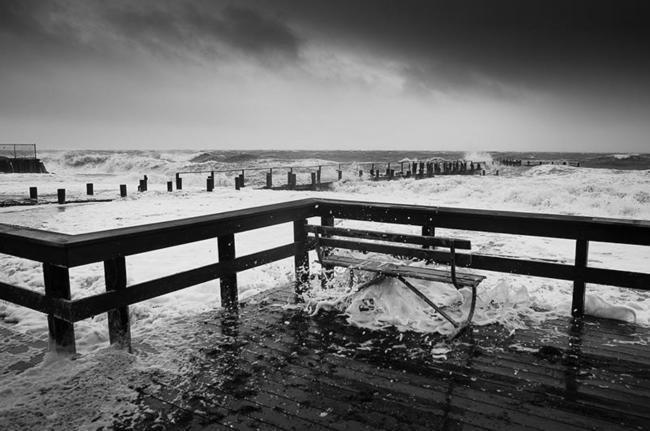



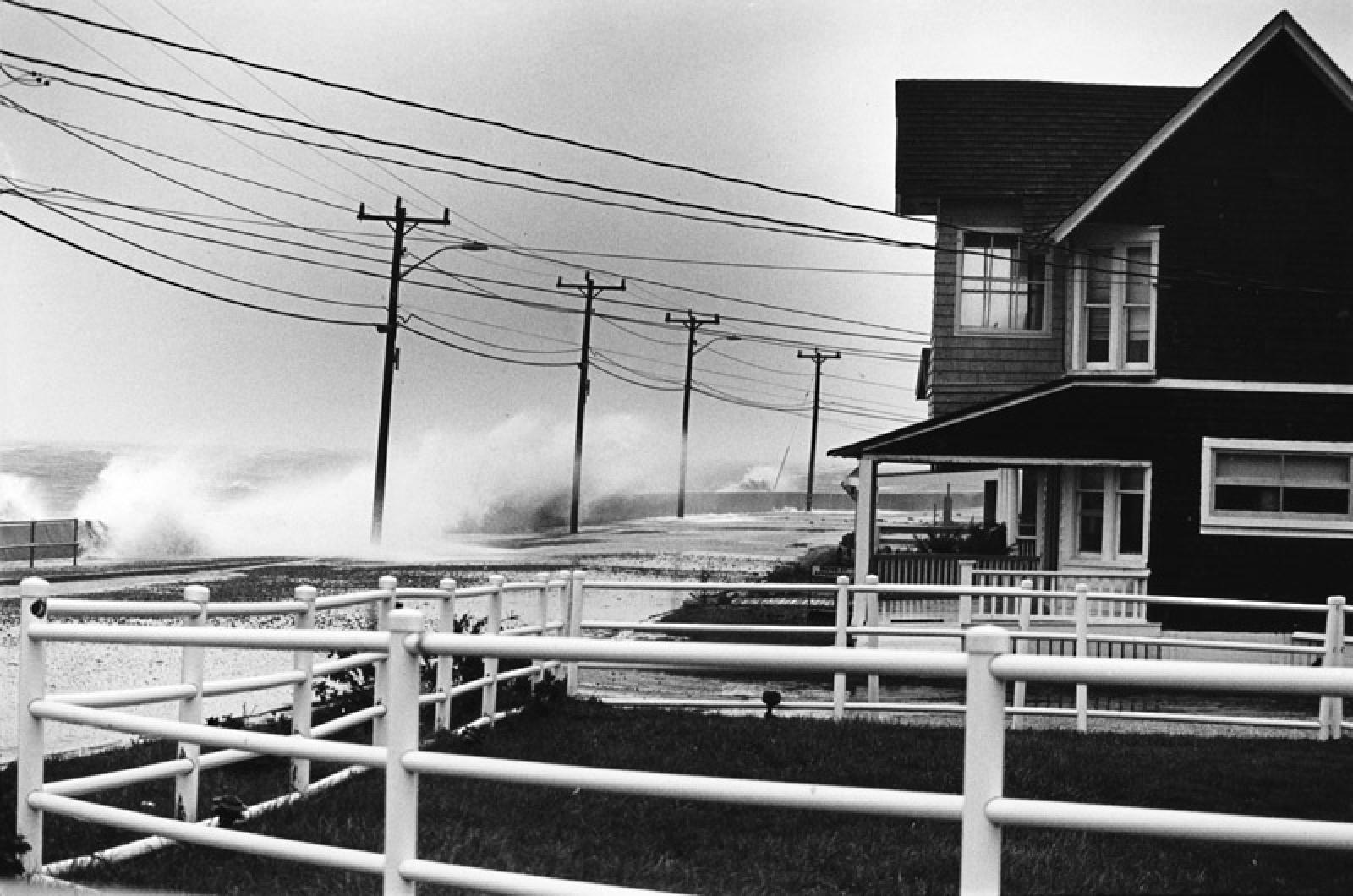

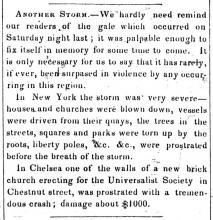
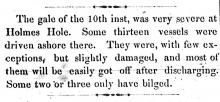

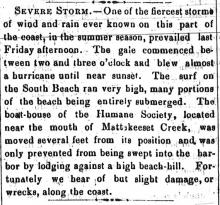
Comments